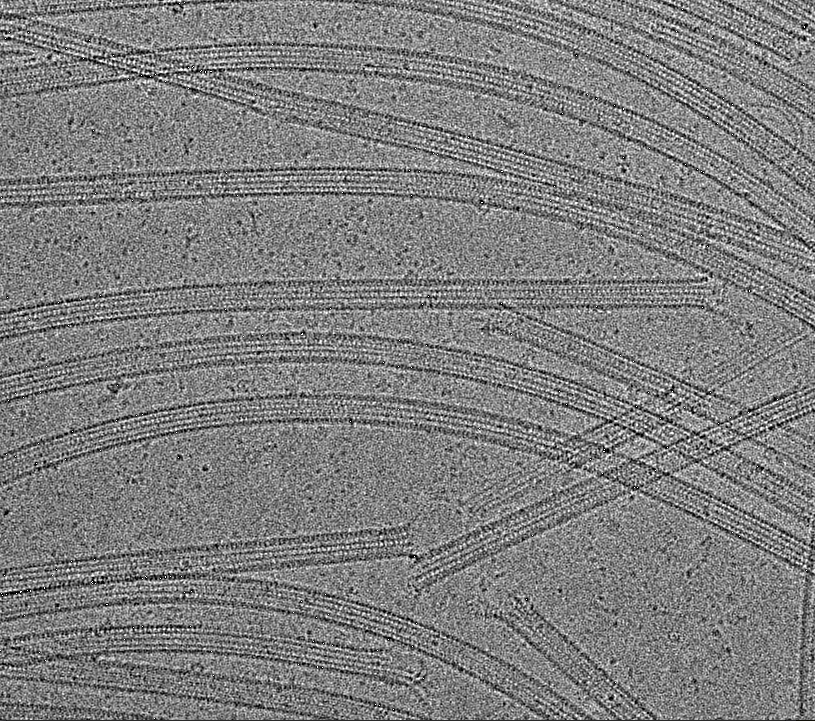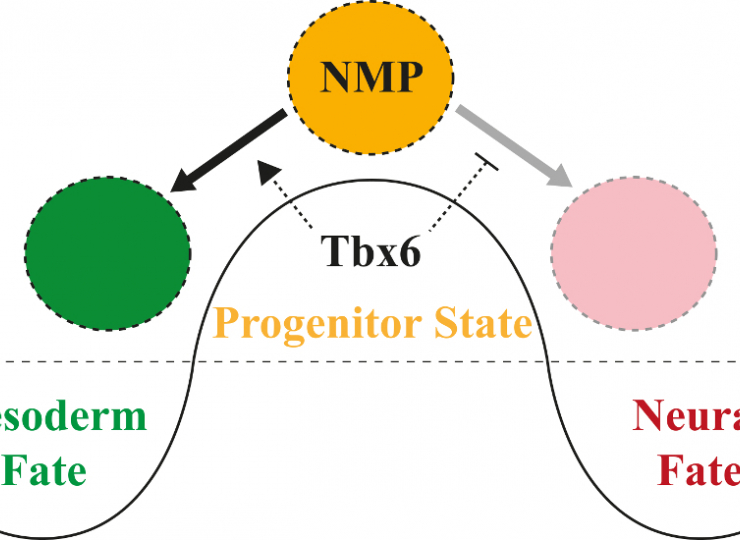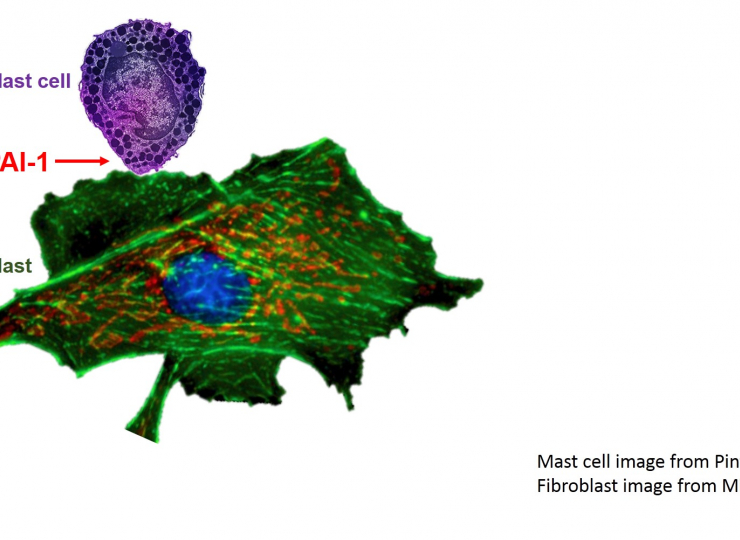A team of researchers from Curie Institute, Orsay in collaboration with DBT-inStem, Bangalore report characterization of ~50 microtubule-associated proteins (called MAPs) in an unprecedented detail.

Microtubules are miniature tubes like filaments in cells (microtubule diameter is 25 nanometer; 1 nanometer is one-billionth of a meter). They are important in transport of molecules within cells (Cells are tens of micrometer is size; 1 micrometer is one-millionth of a meter). Another important function of microtubule in cells is that it helps divide the genome (DNA) correctly when a cell divides. These microtubules work inside the cell in cooperation with many proteins and a set of them are called microtubule-associated proteins (MAPs). There are ~50 different kind of MAPs known and some of them are known to bind, stabilize and influence the tubes like filamentous structure of microtubules. MAPs are also notoriously difficult to study, mostly due to their size, most of them range more than 1000 amino acids.

Dr. Carsten Janke’s team at Curie Institute, Orsay found an ingenious way to study all the MAPs in one-shot. They developed pipeline method in which all the 50 different MAPs were expressed in a cell and instead of purifying, they used cell lysate and observed how they influence microtubule using microscopy. Cell lysate are the resultant material of breaking open the cell and clarifying any particulate matter. This methodology allowed them to scale-up the process quickly and characterize all the MAPs side-by-side and compare their properties. The observations allowed new findings including microtubule structure alterations, liquid phase condensation, branching and cross-linking with other filaments in cells. Dr. Janke’s team also collaborated with Dr. Sirajuddin lab at inStem, Bangalore for CryoEM structural characterization of these MAPs. Dr. Sirajuddin’s lab has already established methods to study cytoskeleton filaments using CryoEM. Here again, the researchers used the MAP lysates instead of purified proteins and performed cryoEM analysis. This allowed the Curie and inStem researchers to ‘map’ the binding site of MAPs in a swift manner. Altogether, the researchers reported this medium-throughput methodology pipeline and new findings in Nature Cell Biology as a resource article. Their findings will attract more detailed functional analysis of MAPs and encourage others to use the “Lysate-based pipeline” for characterizing other enigmatic large sub-family of proteins.
The National CryoEM Facility was established at inStem, Bangalore under the B-Life grant funded by Department of Biotechnology, Govt. of India. Dr. Sirajuddin’s lab is funded by DBT/Wellcome India Alliance Intermediate Fellowship, Department of Biotechnology and Department of Science Technology. Dr. Janke and Dr. Sirajuddin laboratories’ collaboration was also facilitated by the Indo-French funding from CEFIPRA and EMBO.
Reference:
Lysate-based pipeline to characterize microtubule-associated proteins uncovers unique microtubule behaviours
A. S. Jijumon, Satish Bodakuntla, Mariya Genova, Mamata Bangera, Violet Sackett, Laetitia Besse, Fatlinda Maksut, Veronique Henriot, Maria M. Magiera, Minhajuddin Sirajuddin & Carsten Janke. Jan 2022, Nature Cell Biology
https://www.nature.com/articles/s41556-021-00825-4
Publication Date: Jan 31, 2022











